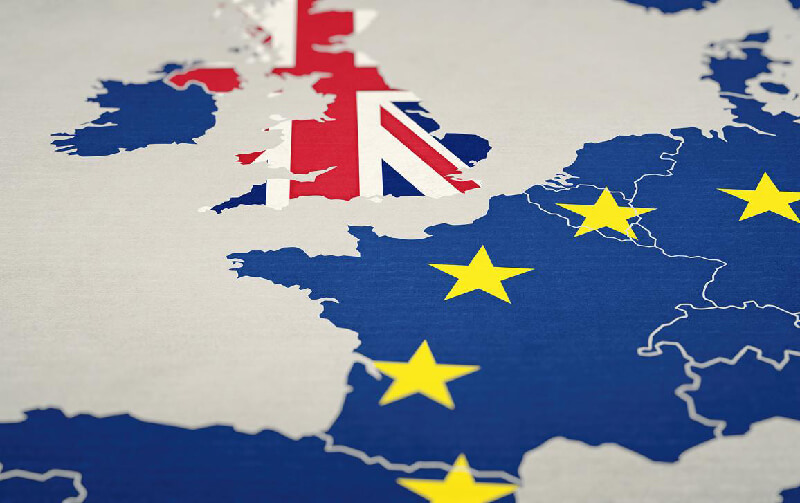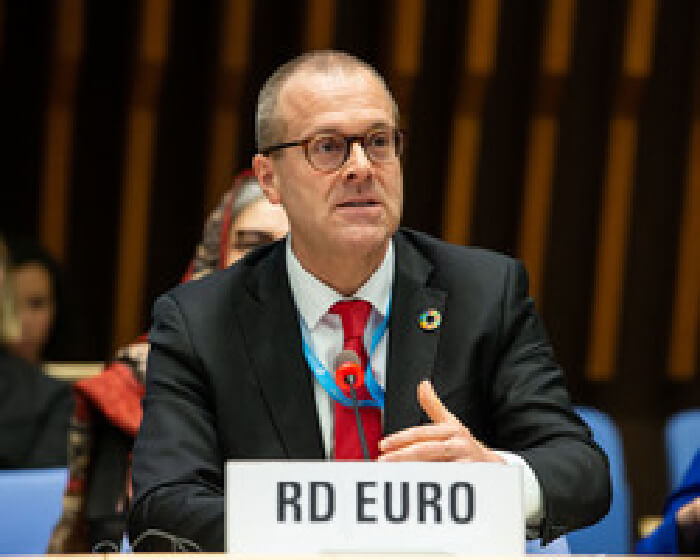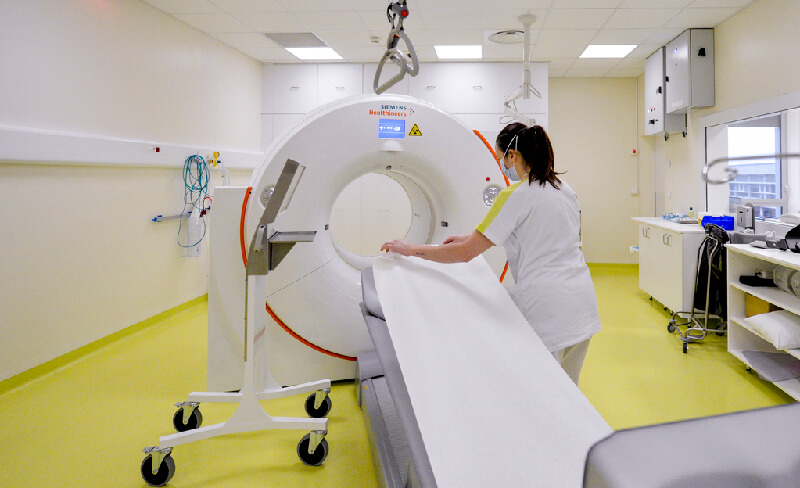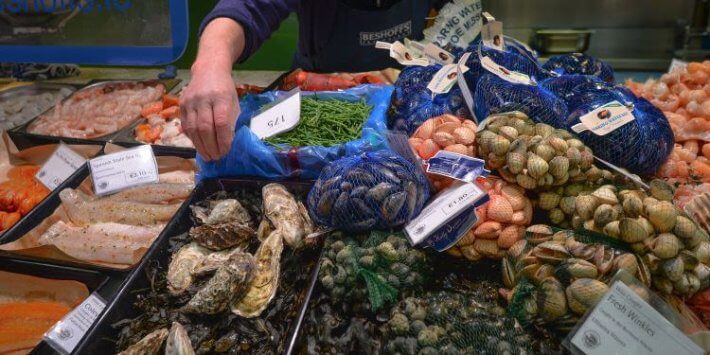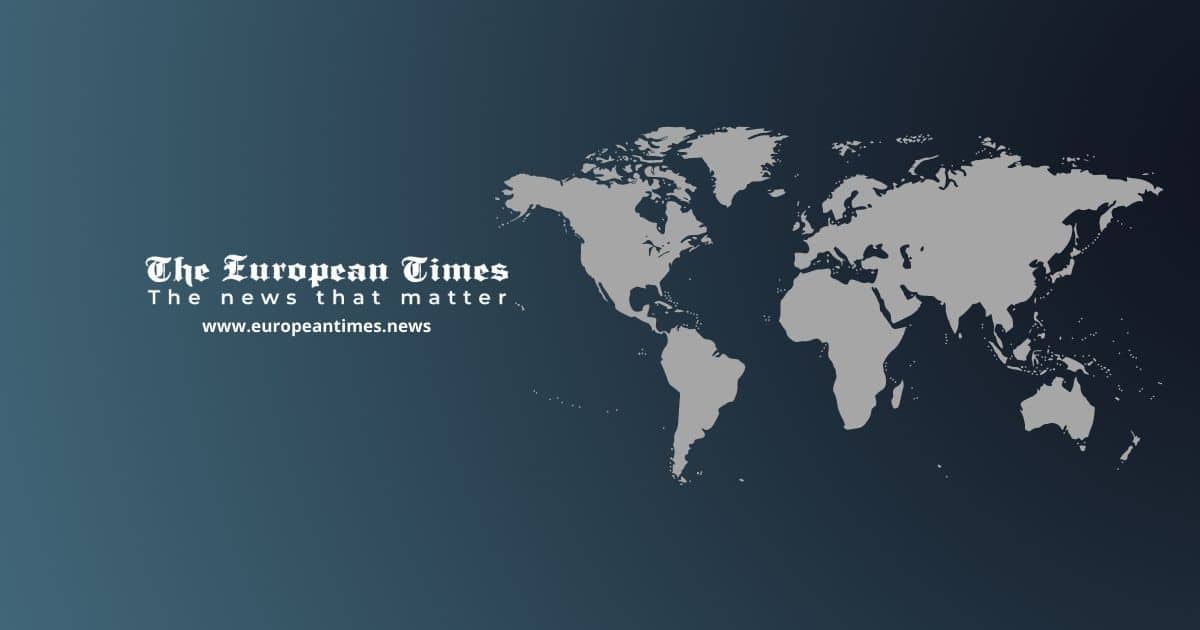European Commission Speech Brussels, 03 Feb 2021 Remarks by Vice-President Schinas at the press conference on Europe’s Beating Cancer Plan
Ladies and gentlemen,
At the start of the Commission’s mandate, we committed to propose a European Beating Cancer Plan. Today, we are honouring this commitment, which is needed more than ever.
2020 will be remembered primarily for COVID-19 patients and victims. But, the pandemic has also had a severe impact on cancer prevention and care across the EU; it has disrupted diagnosis and treatment, which foreshadows a worrying increase of cancer cases in the future.
One year ago, on 4 February 2020, the President, Stella and I participated in an event marking World Cancer Day in the European Parliament. At that moment, we launched a broad consultation on the Plan, to reach all those who have something to say. This process was abruptly impacted by the outbreak of the pandemic, but our political will to deliver was not. During this challenging period, the Commission engaged actively with stakeholders in the cancer field. We have received around 2,400 written contributions.
One year later, the Plan has shaped up. It is the first time, since the 90s, that Europe comes with a framework for cancer and this time we do it in an inclusive and overarching way, addressing cancer from all its angles, giving everyone concerned a stake in its success and, focusing on patients’ needs.
Ιt is an anthropocentric Plan, above all. And it is definitely not a reheated soup.
The European Beating Cancer Plan has four pillars, each one looking at every key stage of the disease: prevention, diagnosis, treatment and survivorship.
Moreover, we have built the Plan on a number of premises, which shall ensure its success:
First, is that everybody matters. This means that the chances of surviving cancer should be the same regardless of which corner of Europe we are and which age we have. There should be no first and second class cancer patients. This explains the focus on inequalities and children, both placed under the spotlight.
Second, is that innovation will drive change. We will maximise research, data and new technologies to improve diagnosis, find promising therapies, and foster the potential of personalised medicine through tailor made strategies.
Third, is the focus on delivery. The Plan sets concrete targets that we want to achieve, such as the reduction of tobacco and harmful alcohol consumption, or an exponential increase of screening and vaccination. It also identifies 10 flagship initiatives focusing on added-value and an impressive number of accompanying actions to underpin its objectives. And, we will set up an Implementation group with stakeholders to overview and secure progress. All this is new.
Let me give you a few examples.
Still this year we will create a Knowledge Centre on Cancer to facilitate the coordination of scientific and technical cancer-related initiatives at EU level.
In 2022, we will launch a European Cancer Imaging Initiative to support the development of new computer-aided tools to improve personalised medicine and innovative solutions.
By 2025, we will develop a new EU Cancer Screening Scheme to ensure that 90% of the target population is offered breast, cervical and colorectal cancer screening.
This is just to name a few. Stella will go into more detail on the various actions.
Fourth, we are committing funding. As we know, policies can only be effective if appropriate funding is attached to them. We are announcing an ambitious amount of 4 billion EUR to support the implementation of the Plan, which is an unprecedented amount to support action on cancer.
Fifth, this Plan is about health but beyond health policy. To beat cancer, we need to tackle cancer drivers in employment, energy, education, marketing, agriculture, environment, climate, transport, social policy, equality, taxation; in our towns, cities but also rural communities.
The Plan is based on a “health in all policies” approach, pooling all strings together under a common goal, beating cancer.
The initiative we are adopting today will open a new era in cancer prevention and care. The political momentum to build a strong European Health Union is there; and the cancer plan is part of these efforts. The pandemic has put the protection of health on the stage; and the experience in vaccines has clearly shown us that it is possible to make unprecedented progress: it requires the unique convening power of the EU, fixing goals, setting deadlines, committing the necessary funding and connecting the main actors through effective partnerships. Applying this approach to cancer, as the Plan suggests, will deliver effective results too.
The COVID-19 pandemic has clearly shown us that working as a team and combining efforts at national and EU level is key to deliver a more effective and more equal response to cancer.
Most importantly of all, Europe’s Beating Cancer Plan focuses on the interests and well-being of patients, their families and the wider population.
We believe that Europe can collectively do more to fight cancer. In a strong European Health Union, cancer needs to become a shared political, operational and scientific priority.
Cancer care is no longer the responsibility of the health sector alone. The success of Europe’s Beating Cancer Plan requires engagement and buy-in from a wide range of sectors and stakeholders, a whole-of-society effort.
Our unity will be our strength, as the past year has very clearly shown.
Thank you.




